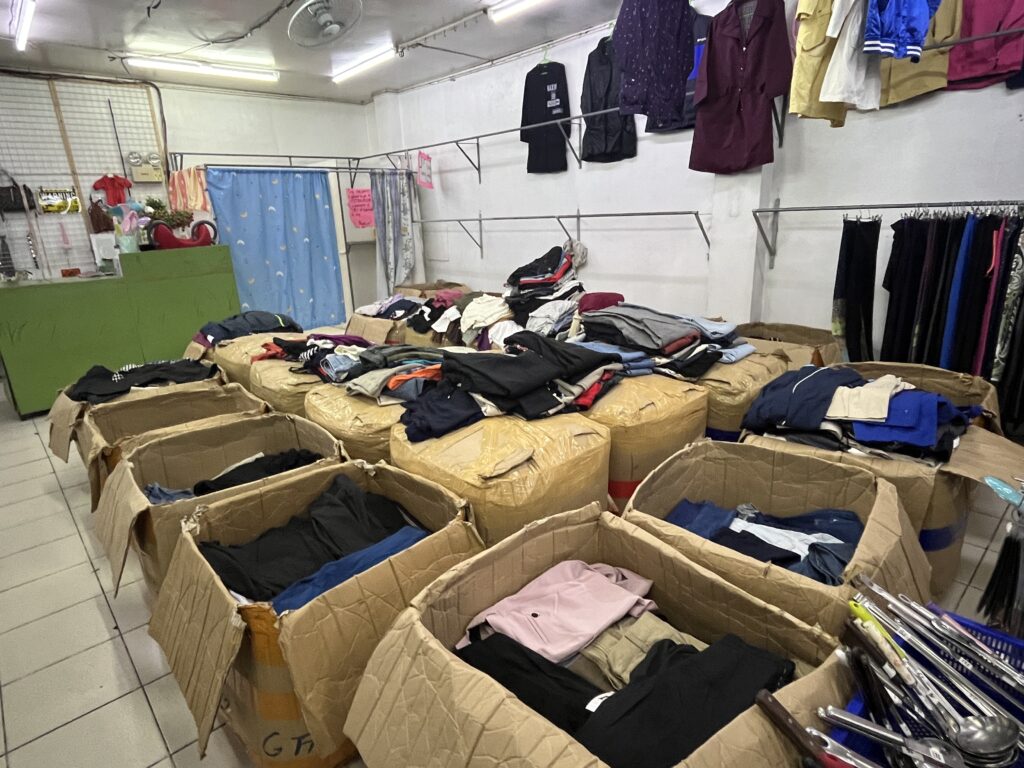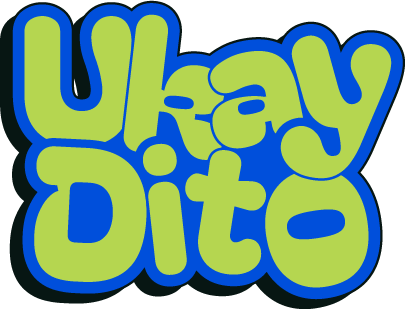Capital of ukay-ukay
in the philippines: baguio city

Baguio in the northern Philippines first earned a reputation as a vacation spot when the Americans, at the turn of the century, established a colonial hill station in a plateau 5,000 feet above sea level. However, ukay-ukay in Baguio city describes the thriving secondhand clothing industry that is slowly shifting the city’s image from tourist capital to castoff clothing hub.
The thriving secondhand clothing industry has been slowly shifting the city’s image from solely a tourist capital to a castoff clothing hub for the Filipino market.
As it gained popularity in Baguio, both visitors and locals contributed to the contemporary concept of ukay-ukay, seeking to support their city as the capital of ukay-ukay.
The sellers of street ukay-ukay have to set up everything from scratch, and after they are finished for the day, they also physically pack everything away.

The Baguio Market center is the location of the majority of the ukay stalls.
If the stall carries only ‘brand name’ items, they reopen the boxes and selects the goods one by one. If the Hong Kong connection is being run efficiently, the boxes would already have been identified as Class A, B or C. Class A refers to all quality and brand name goods. Class B boxes may contain a mix of quality and so-so items. Class C boxes contain the ‘not-so-good’ items or the bulok (spoiled), patapon (cast off) or basura (trash) (Locsin, 2007).
References:
Locsin, B (2007, June 11-13). Fashioning a Culture through Baguio City’s Ukay-Ukay. https://www.researchgate.net/publication/267964960_Fashioning_a_Culture_through_Baguio_City’s_Ukay-Ukay
Biana, Hazel T (2020). The Philippine Ukay-Ukay Culture as Sustainable Fashion. https://www.dlsu.edu.ph/wp-content/uploads/2020/09/12Biana-revised.pdf
Milgram, Lynne B. (2004). Refashioning Commodities: Women and the Sourcing of Secondhand Clothing in the Philippines. https://www.jstor.org/stable/25606194?origin=crossref
